In the first decades of the 20th century, New York City was in the midst of a great bridge-building boom. Following the consolidation of the five boroughs in 1898, the city embarked on an ambitious campaign to physically connect its sprawling new territory. This era saw the rise of massive steel and stone structures across the East River, each one an engineering marvel designed to carry the immense flow of trains, trolleys, wagons, and people between the islands.
The most famous bridge, the Brooklyn Bridge, was already an established icon. In the early 1900s, it was a vital and heavily congested artery. Its roadways were crowded with a mix of horse-drawn wagons and the first automobiles. On its tracks, elevated trains and trolley cars rattled back and forth between Brooklyn and Manhattan. Above all, pedestrians strolled along the bridge’s famous elevated wooden promenade, enjoying the panoramic views of the city.
In 1903, the second great bridge across the East River opened to the public. The Williamsburg Bridge had a different kind of structure. While the Brooklyn Bridge had grand, Gothic-style stone towers, Williamsburg was a raw, muscular bridge of exposed steel. It was built for pure function: to relieve the immense traffic on the Brooklyn Bridge and to serve the crowded immigrant neighborhoods of Manhattan’s Lower East Side and Brooklyn’s Williamsburg. Its roadways and tracks were soon carrying a massive volume of subway trains, trolleys, and commercial traffic.
Read more
The year 1909 was a landmark year for the city’s bridges, with two more major spans opening over the East River. The first was the Queensboro Bridge, which connected Manhattan at 59th Street with the borough of Queens. It was a cantilever bridge, a design different from the others, recognizable by its complex web of steel trusses. The opening of the Queensboro Bridge was the single most important factor in the development of Queens, transforming it from a collection of rural towns into a major urban center.
Just a few months later, the Manhattan Bridge opened, providing a fourth connection between Manhattan and Brooklyn. Designed by Leon Moisseiff, it was a suspension bridge that used a new, more advanced engineering theory, making it lighter and more flexible than its predecessors. The grand, Beaux-Arts style arches and colonnades at its entrances gave it a sense of civic importance.
Beyond the great East River spans, numerous smaller bridges were being built across the Harlem River to connect Manhattan to the Bronx. These included swing bridges, which were built on a central pivot and could rotate to allow tall ships to pass, and new arched steel bridges like the University Heights Bridge, which opened in 1908.


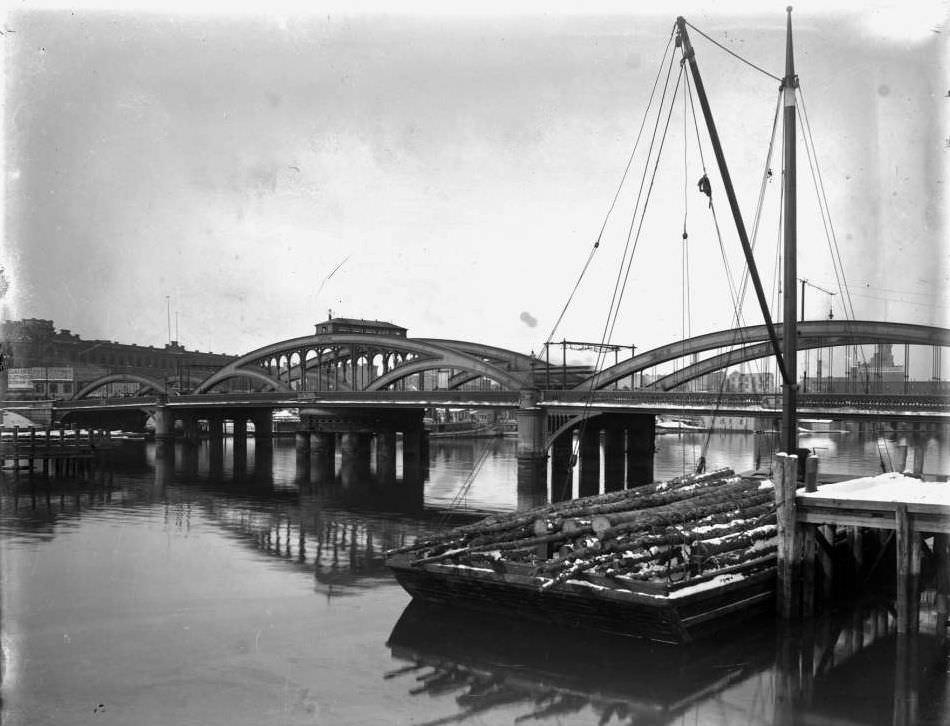

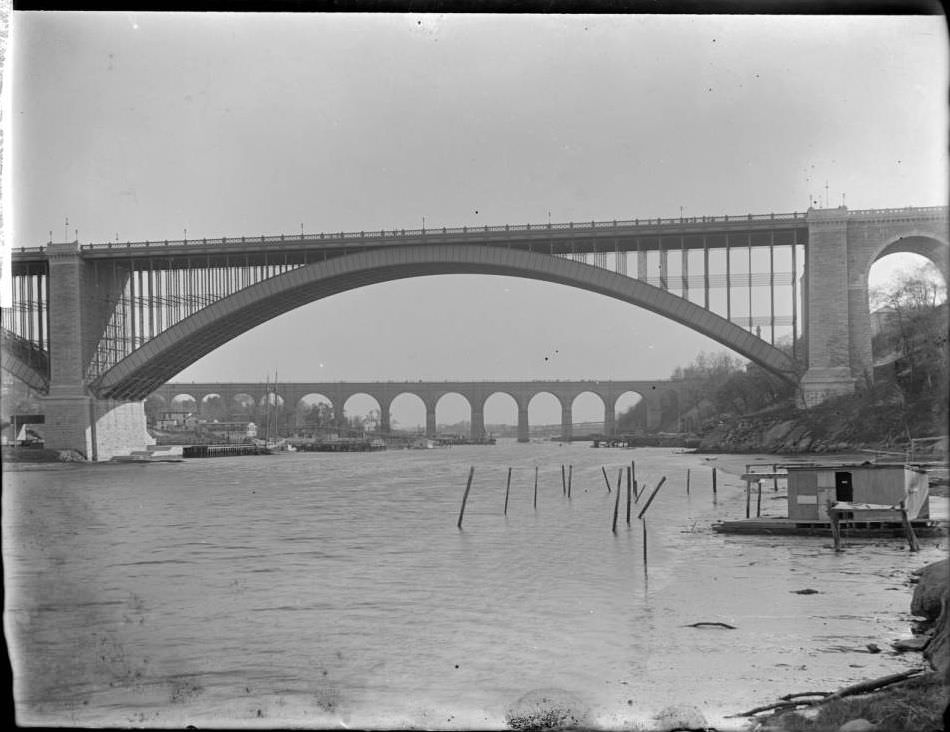
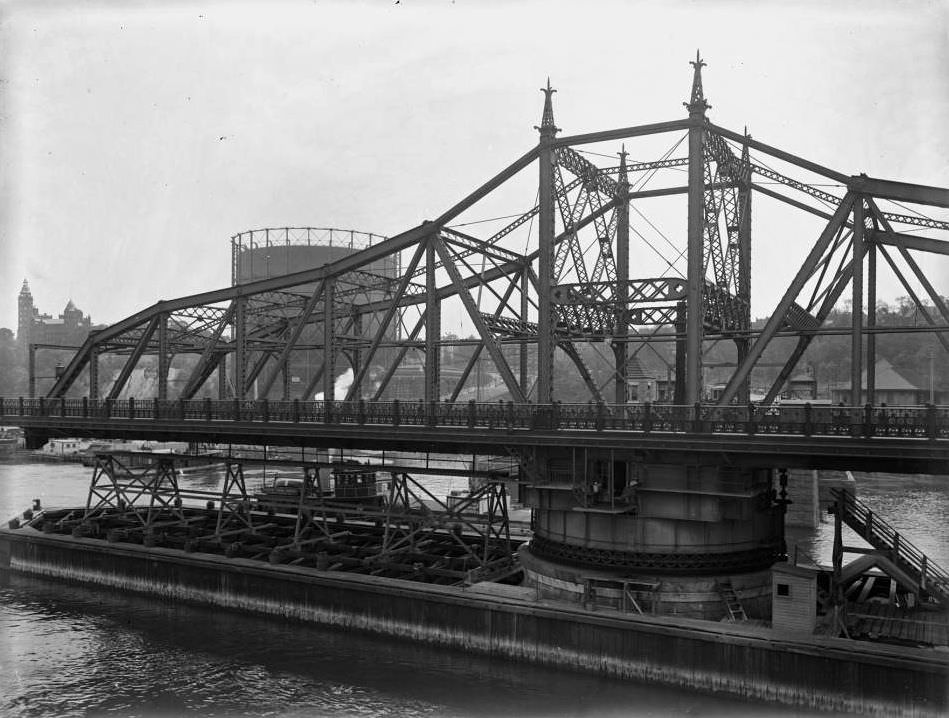

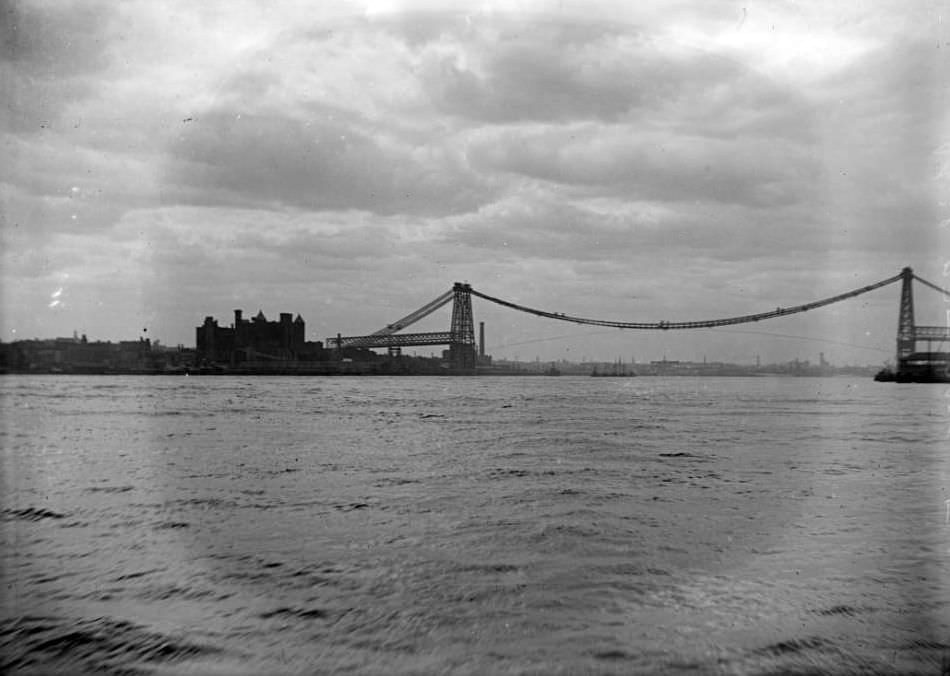
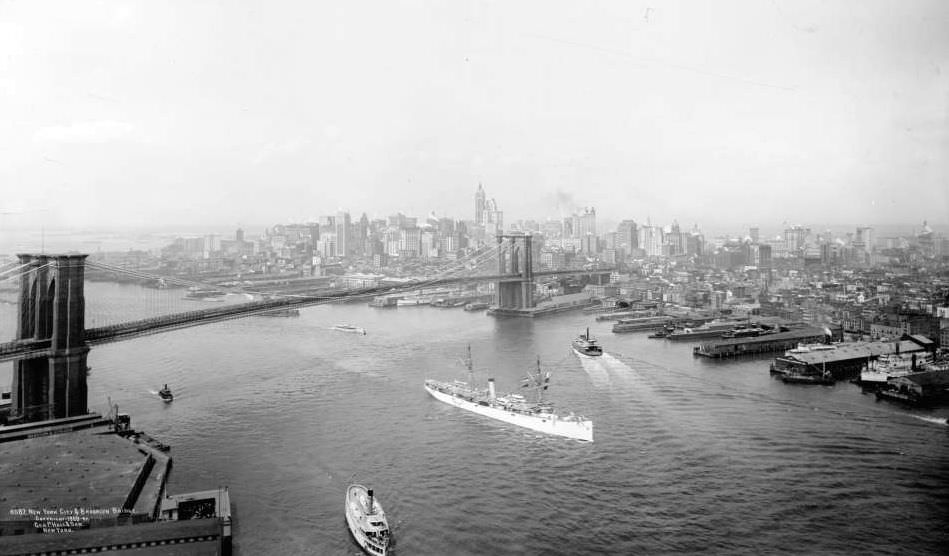
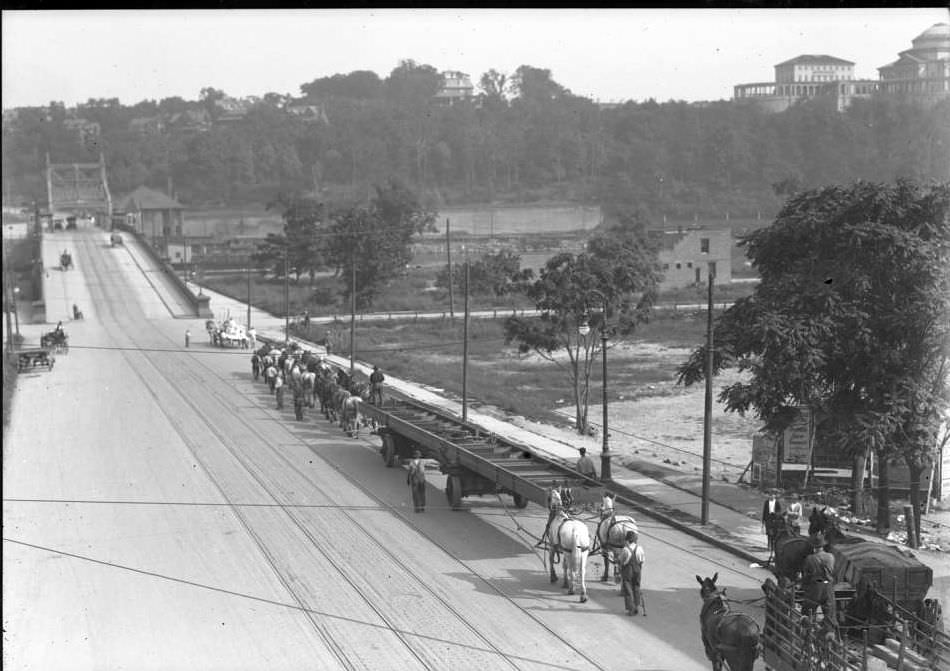
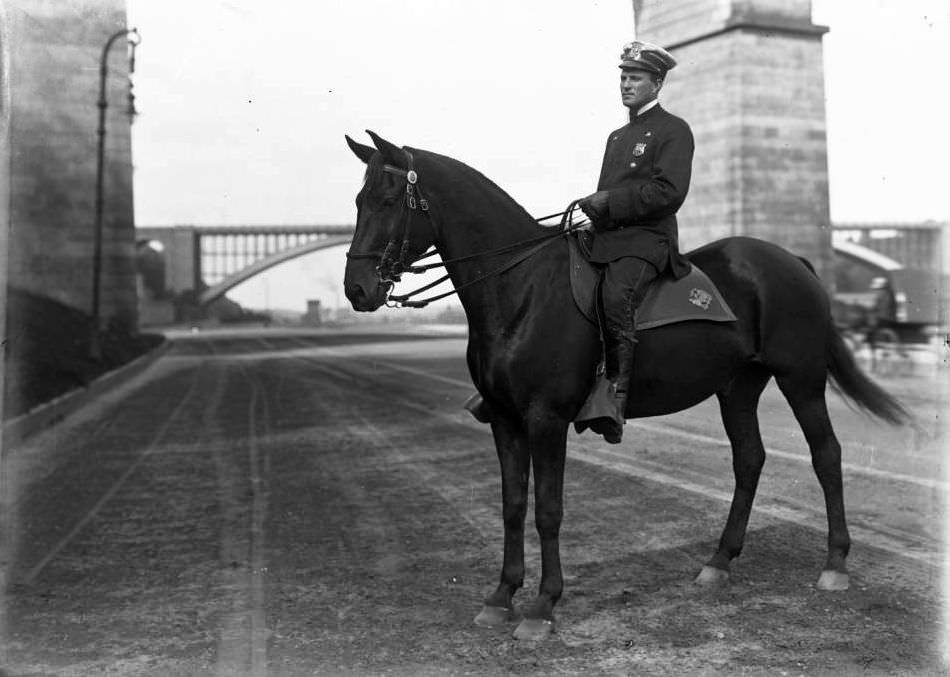
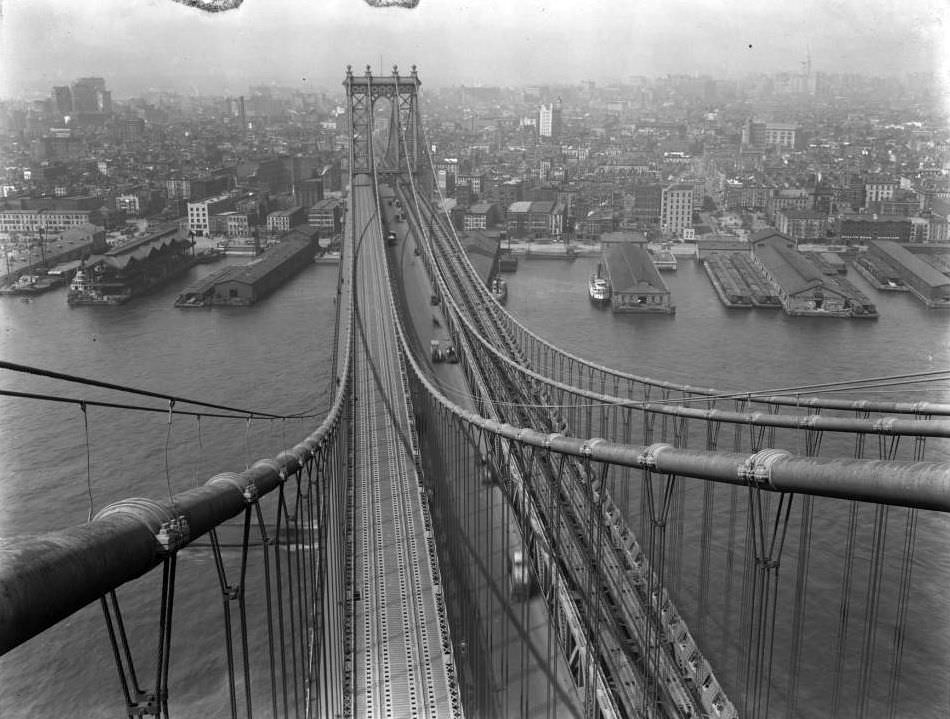
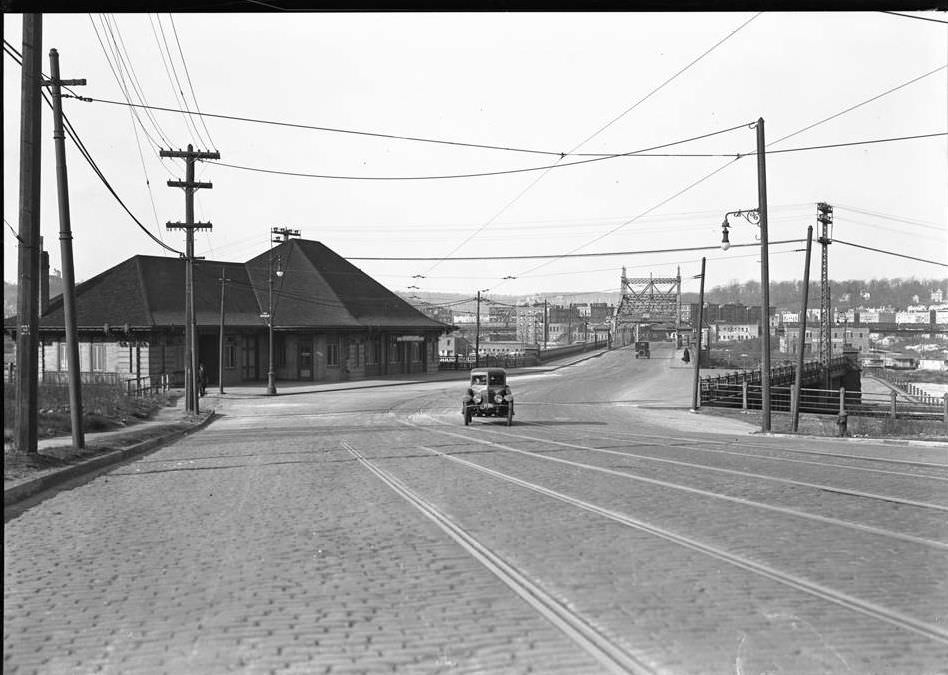
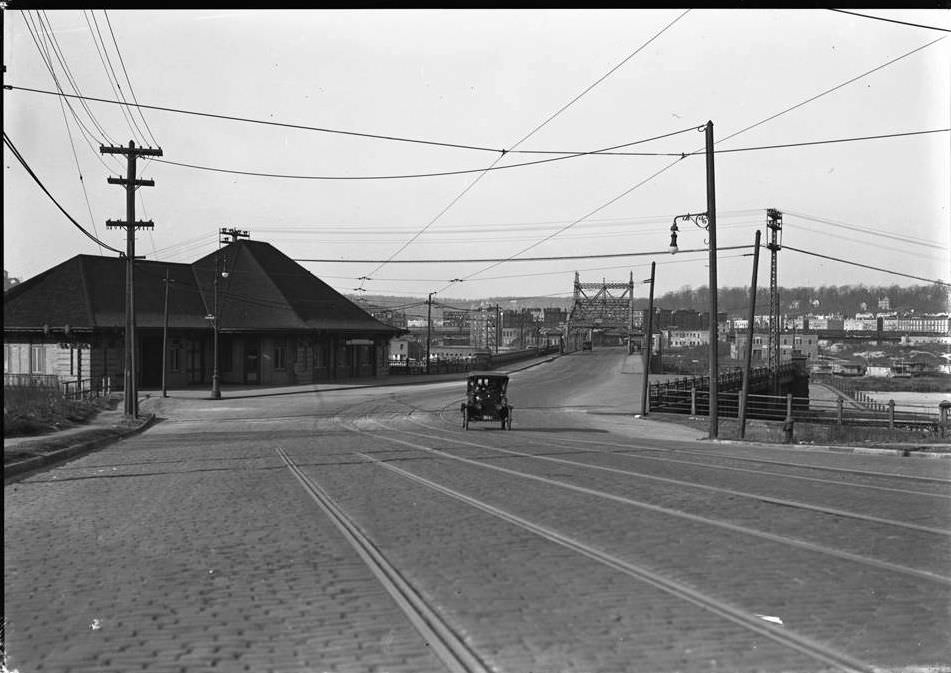
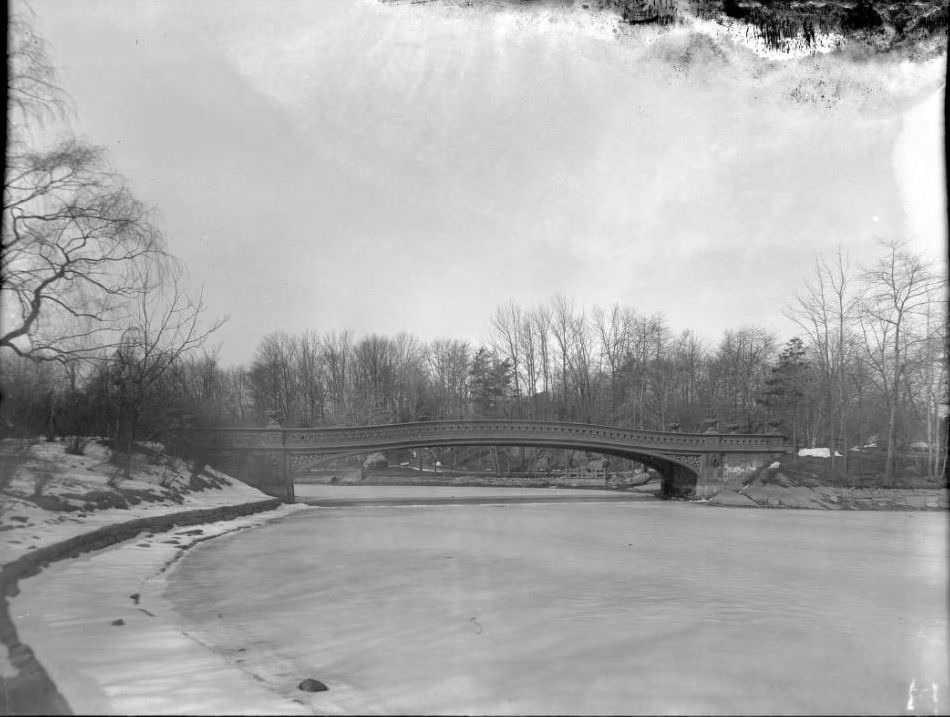
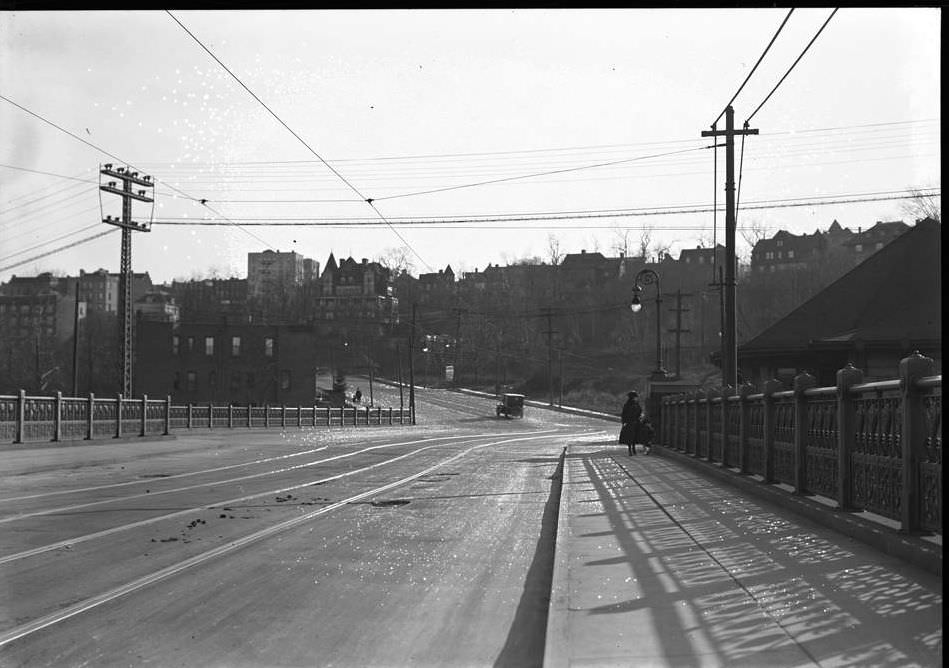
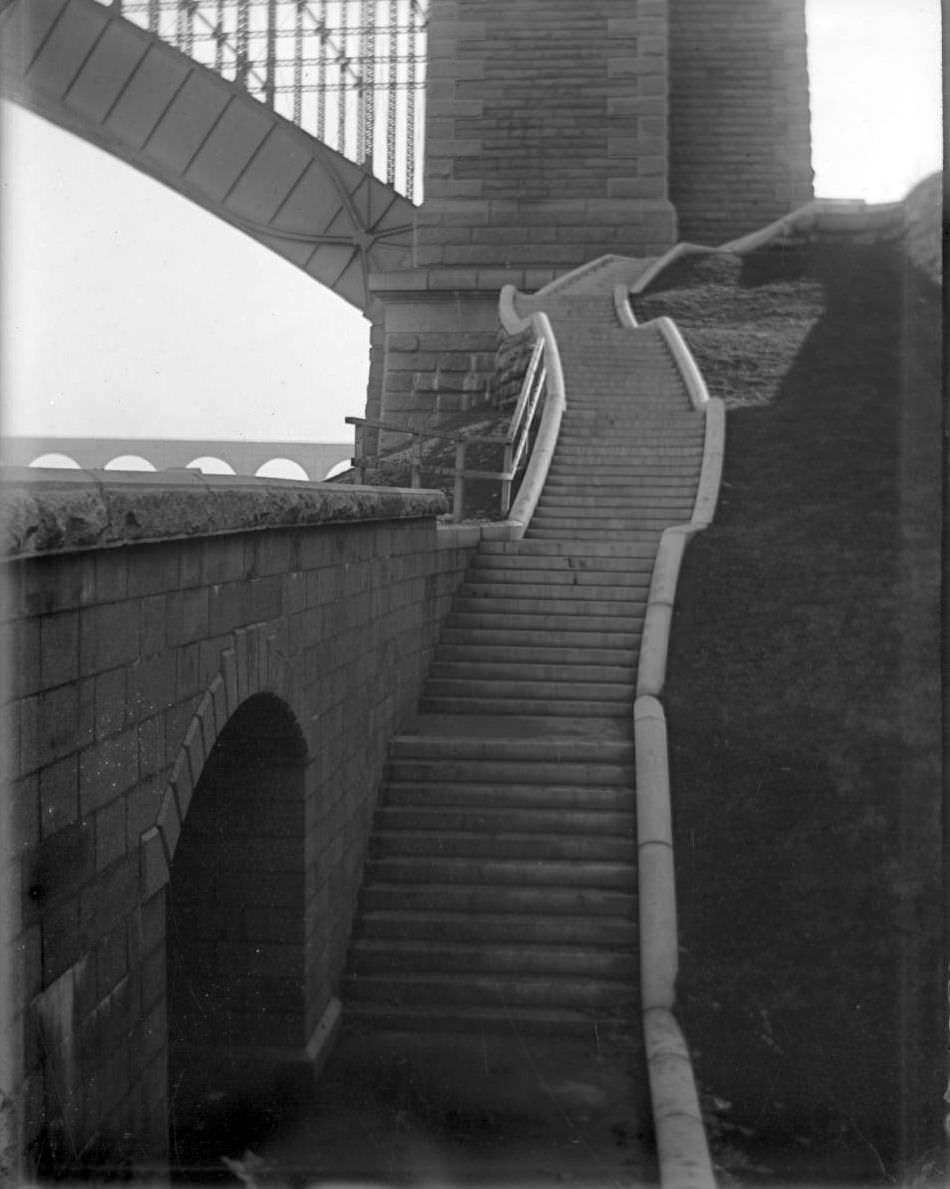
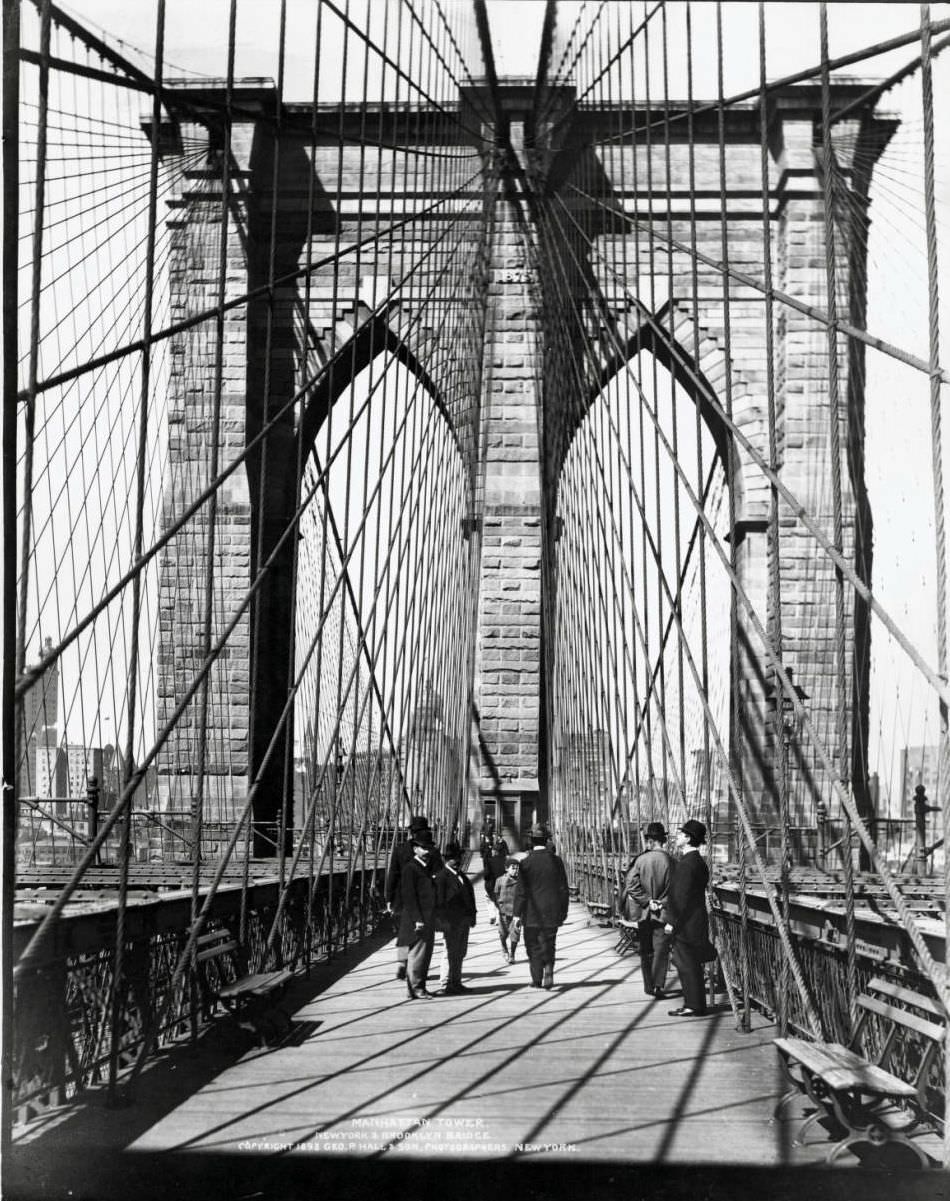
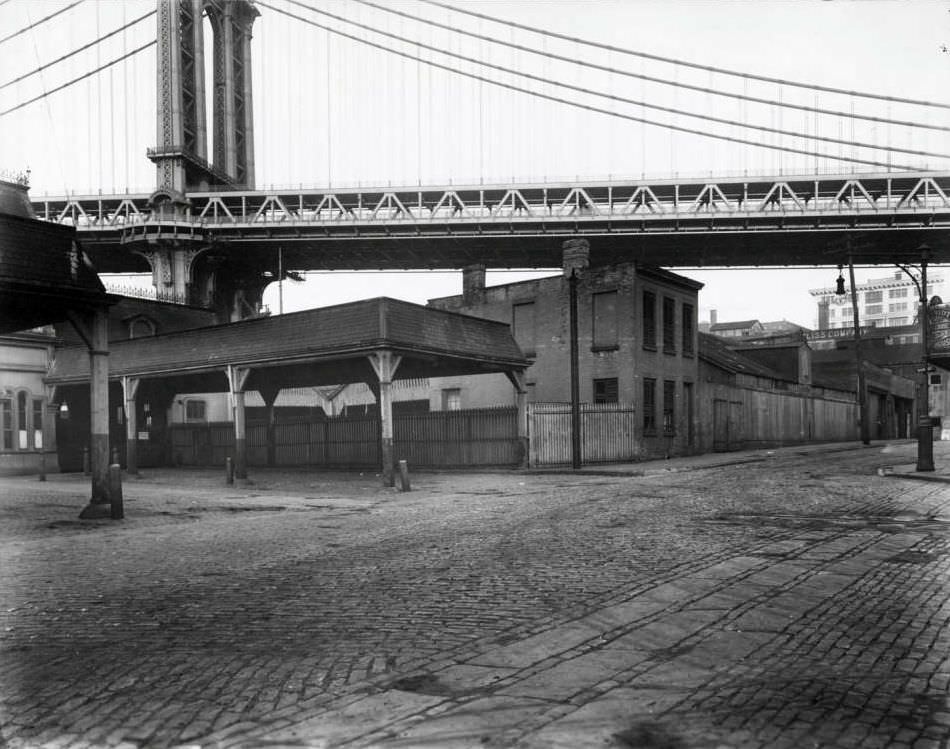
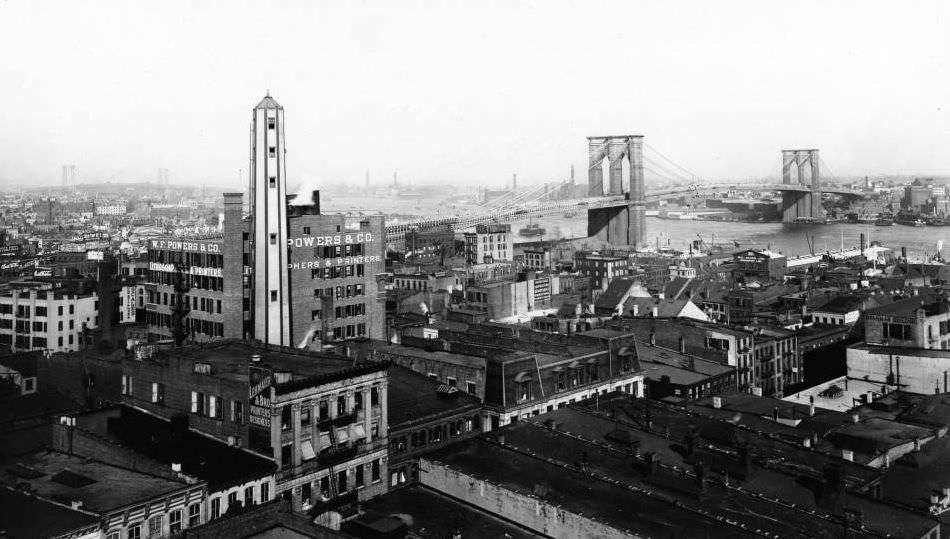
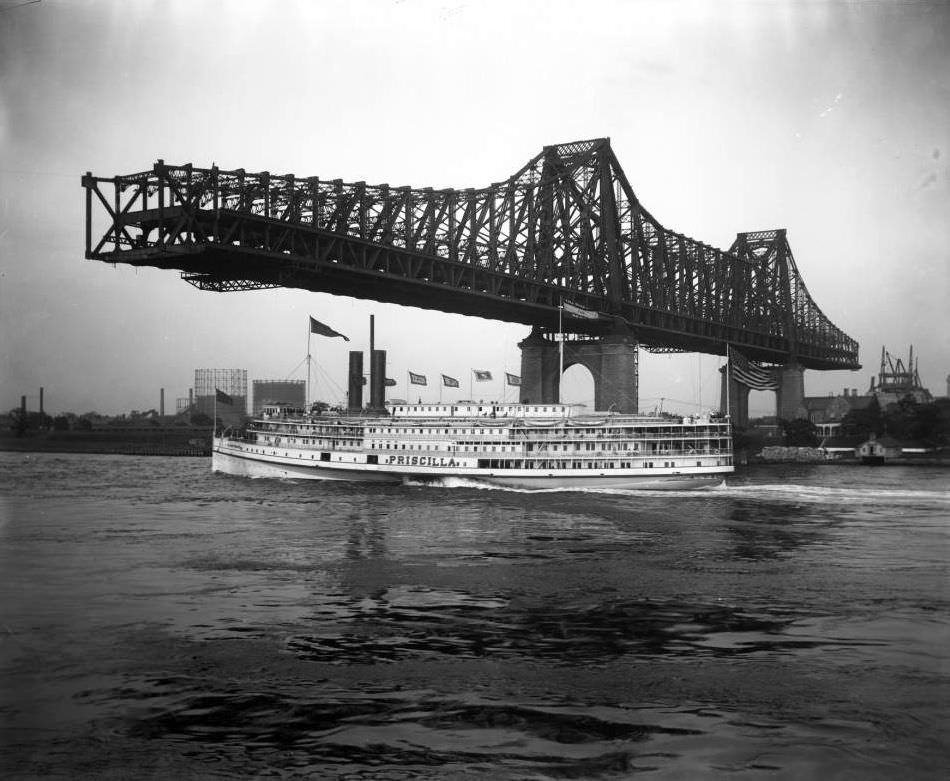

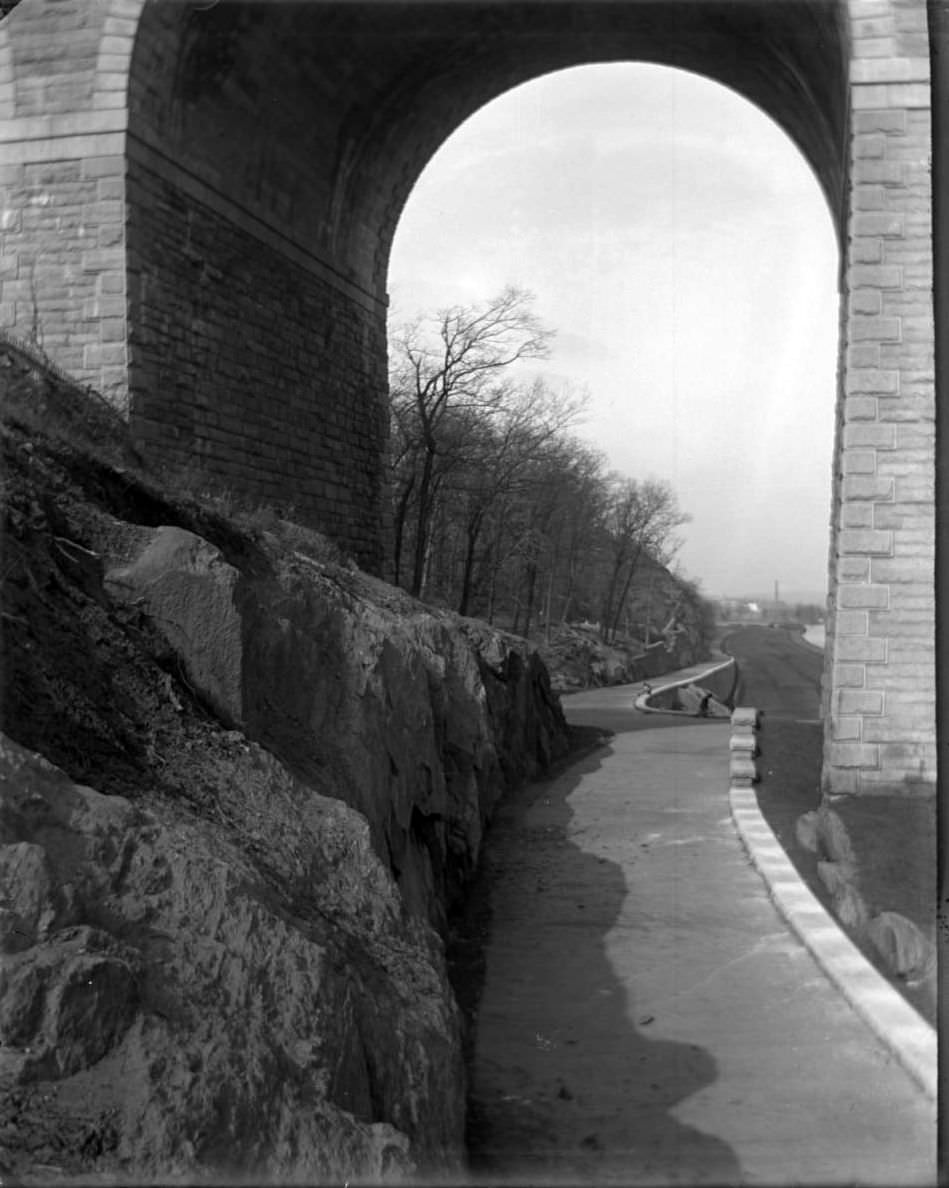
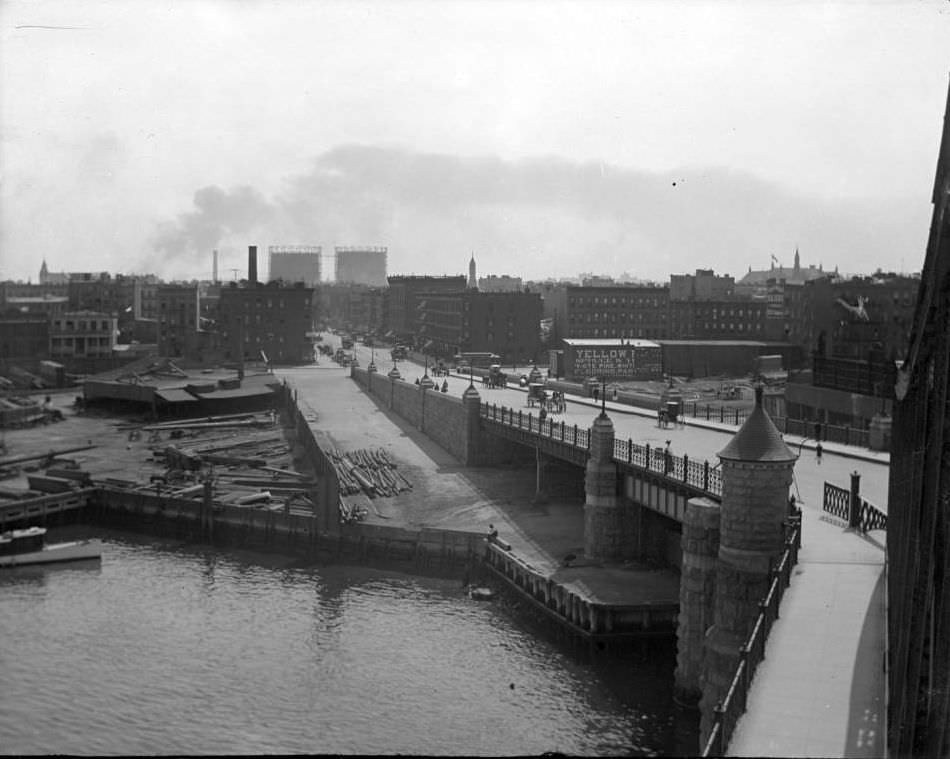
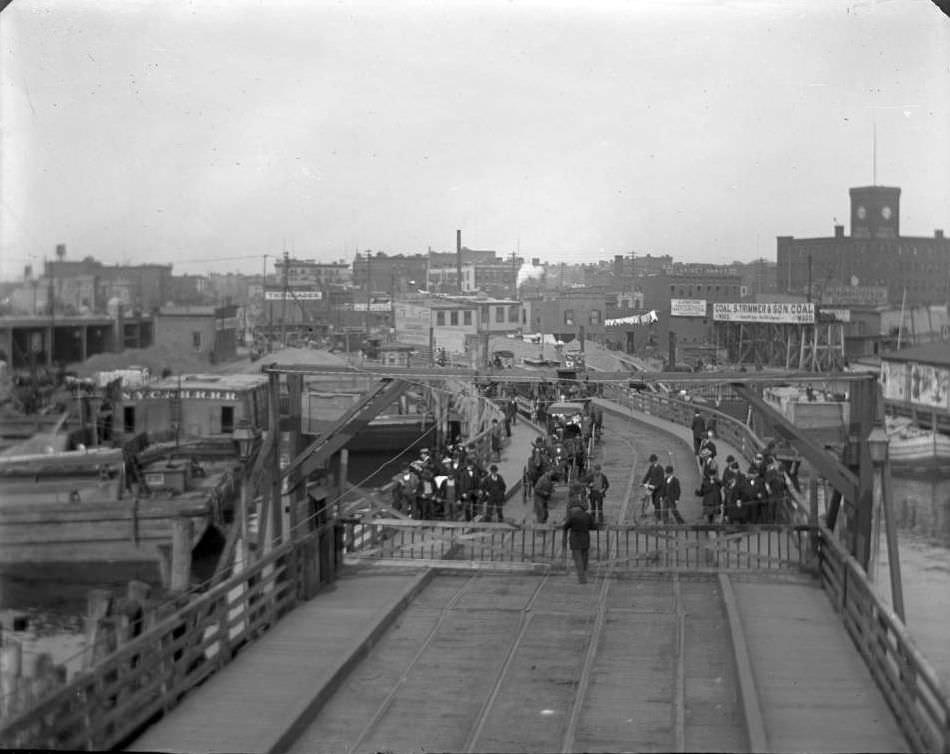
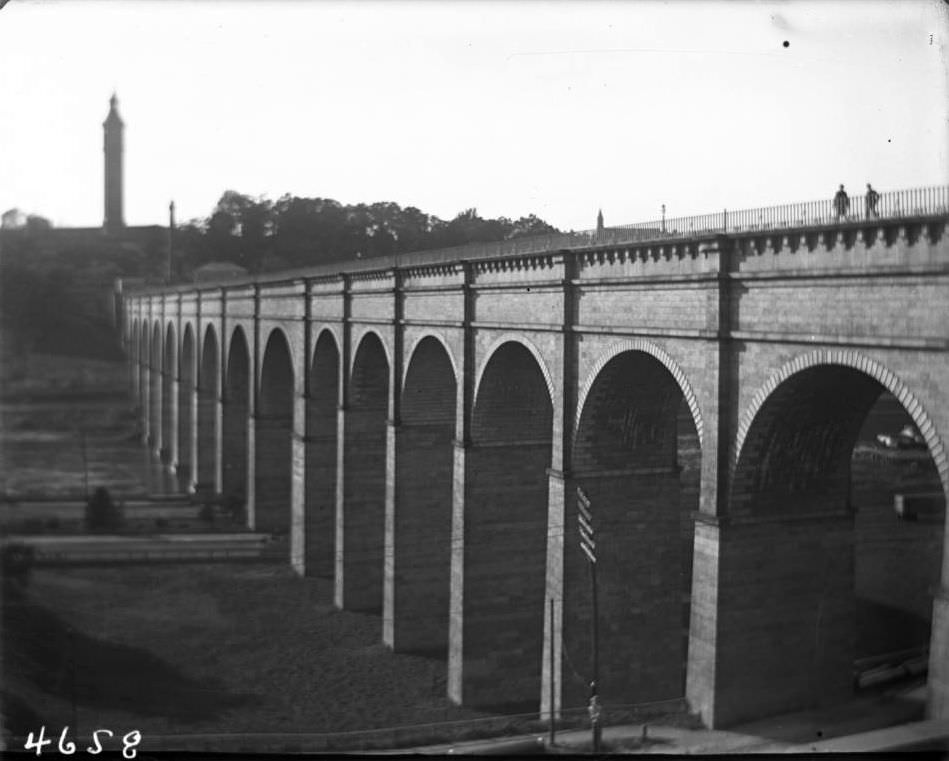
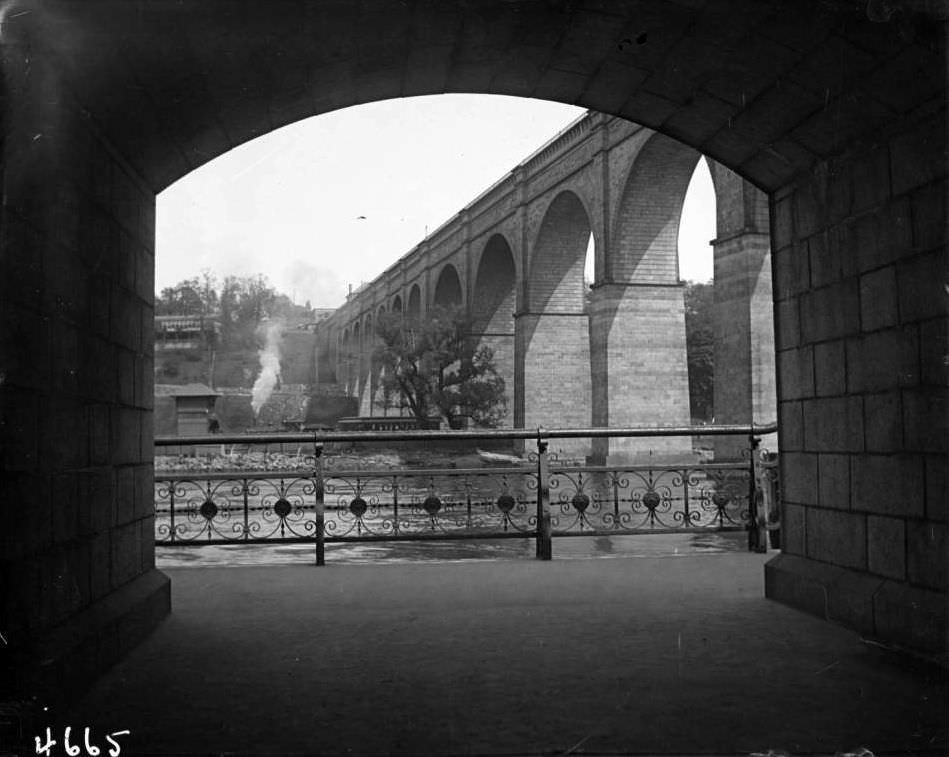
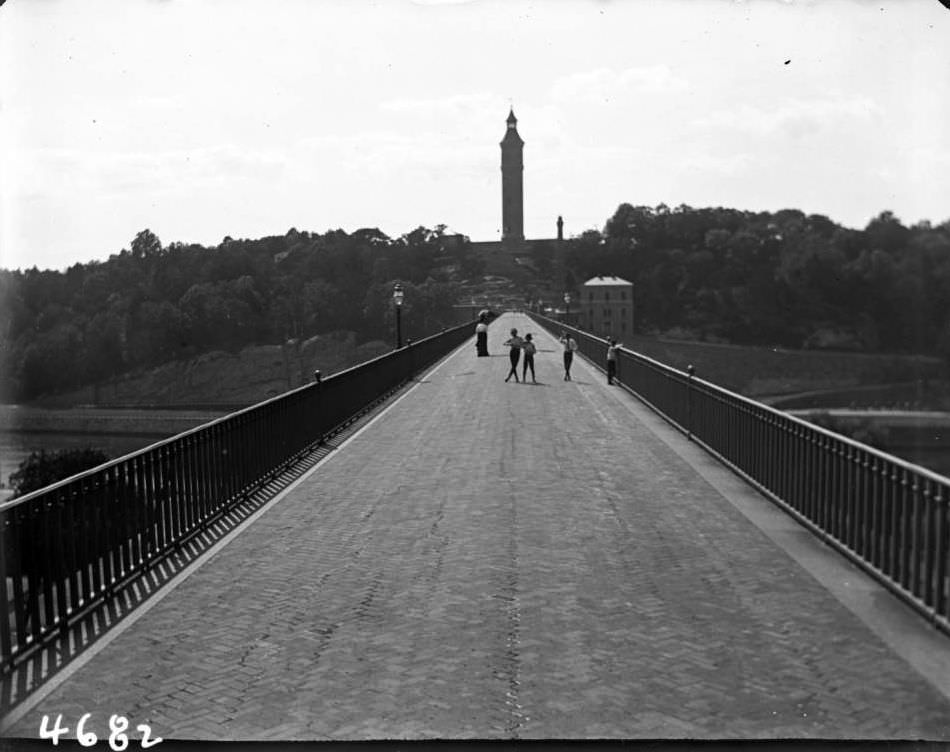
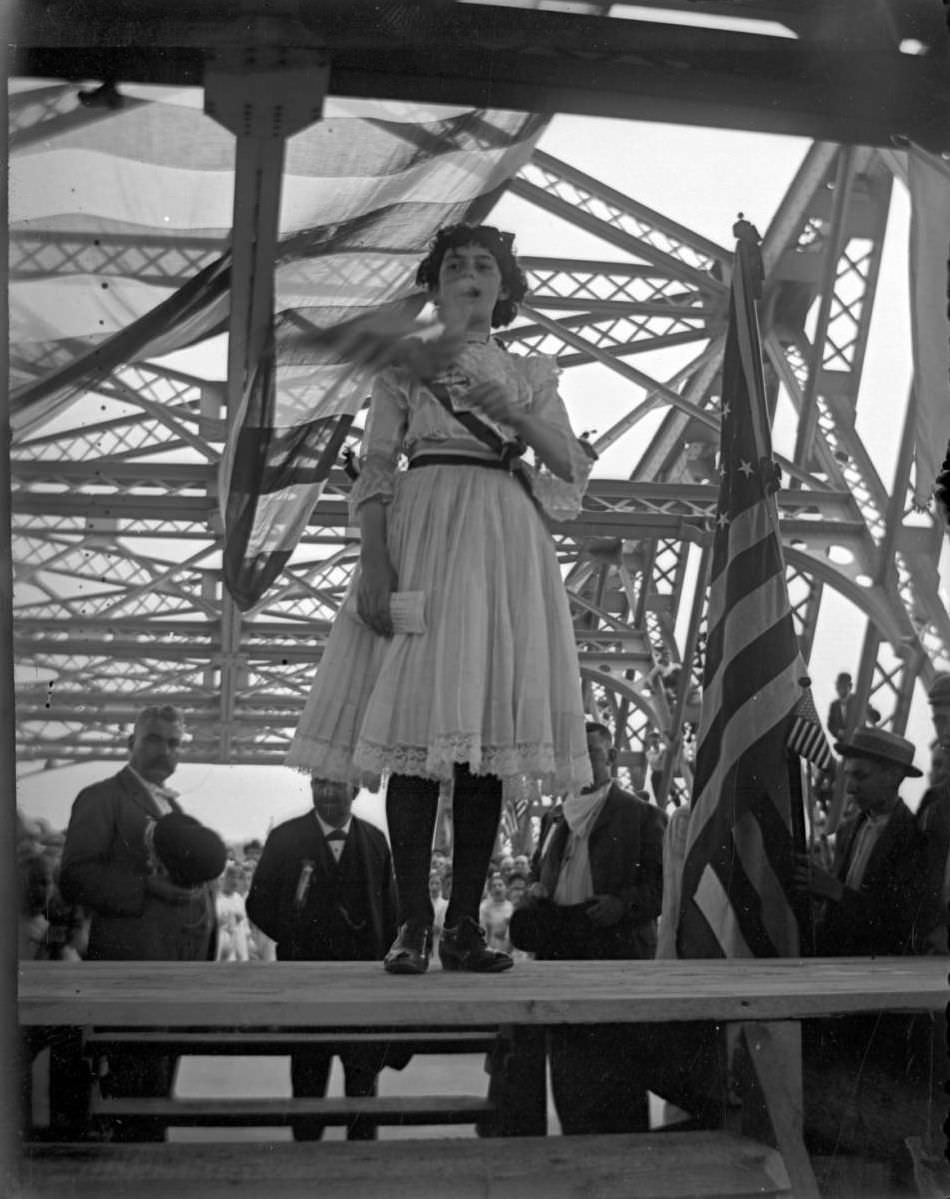
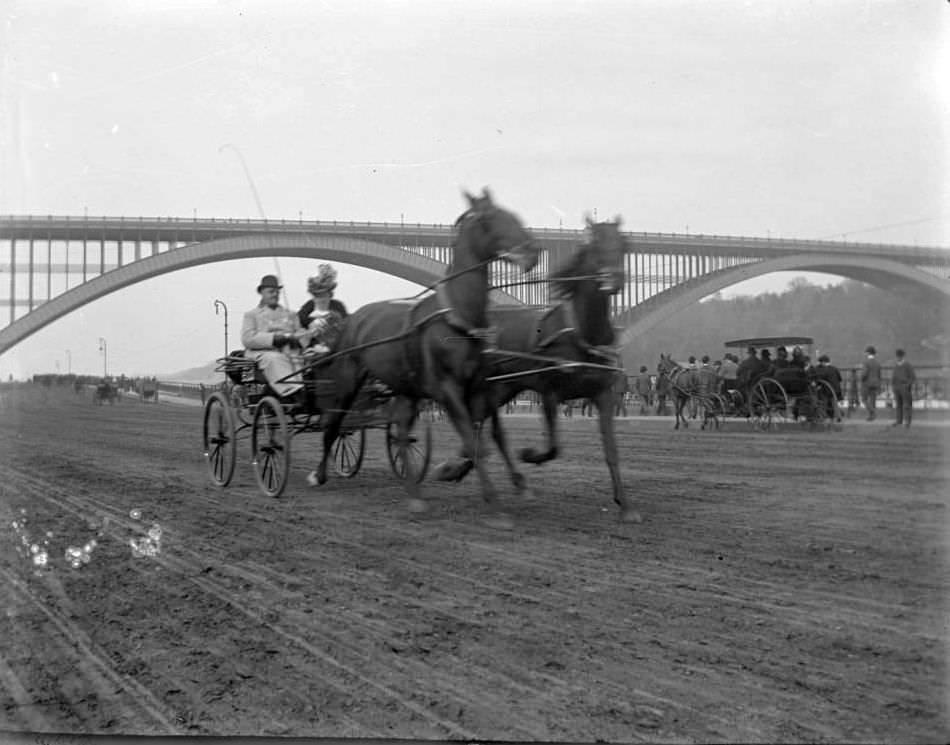
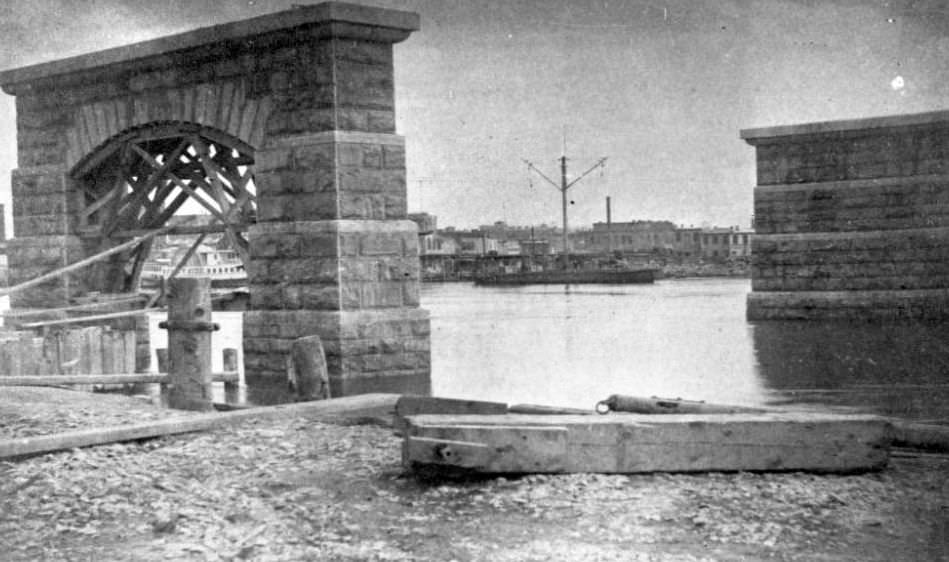
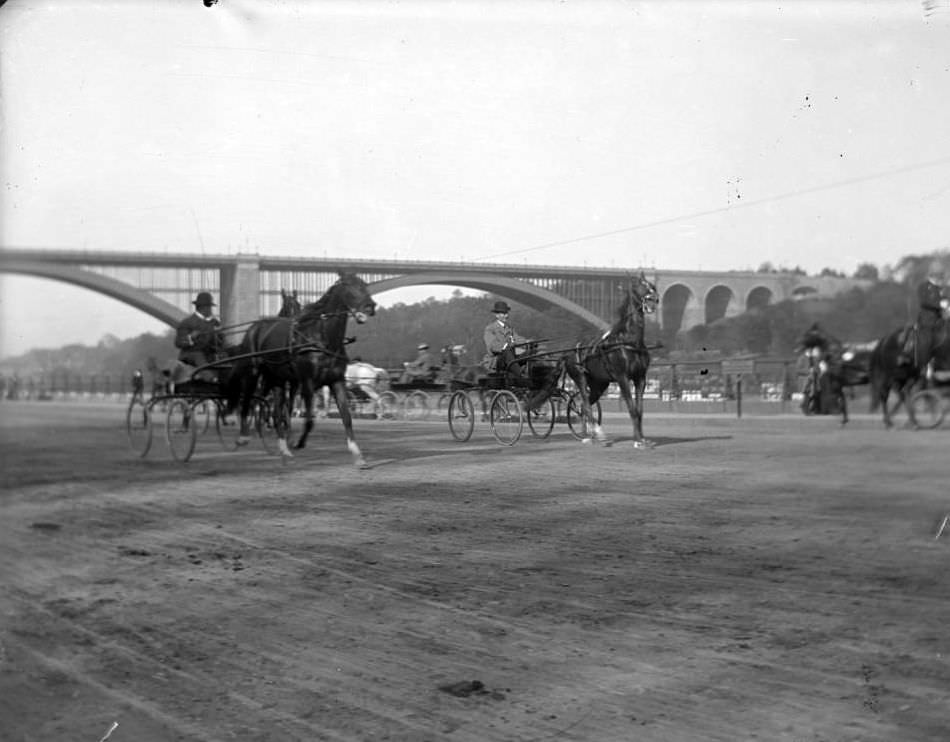
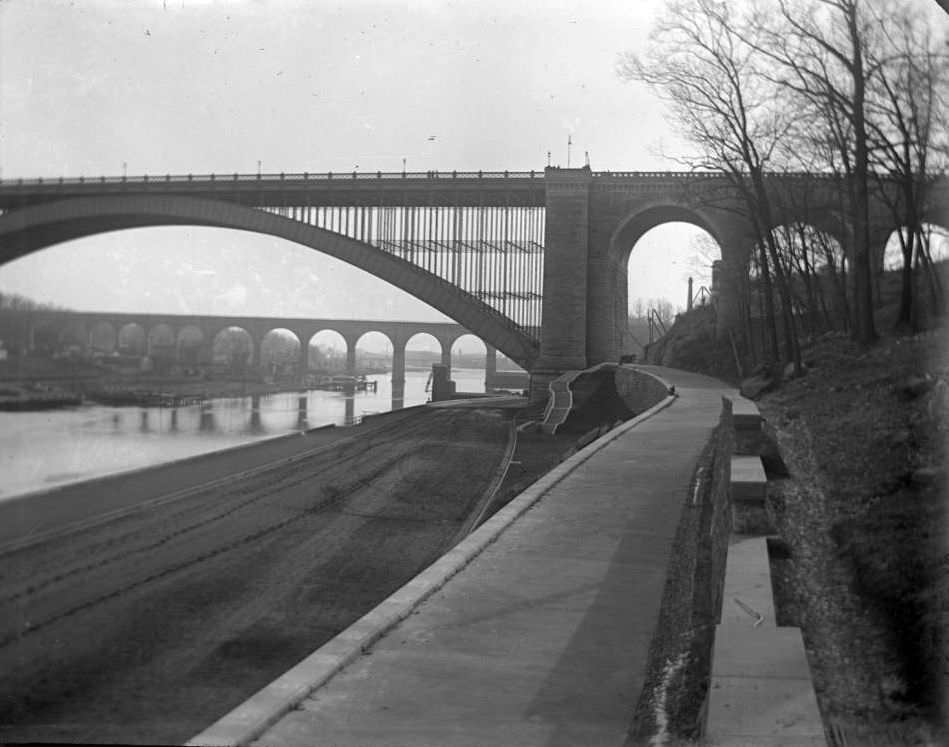
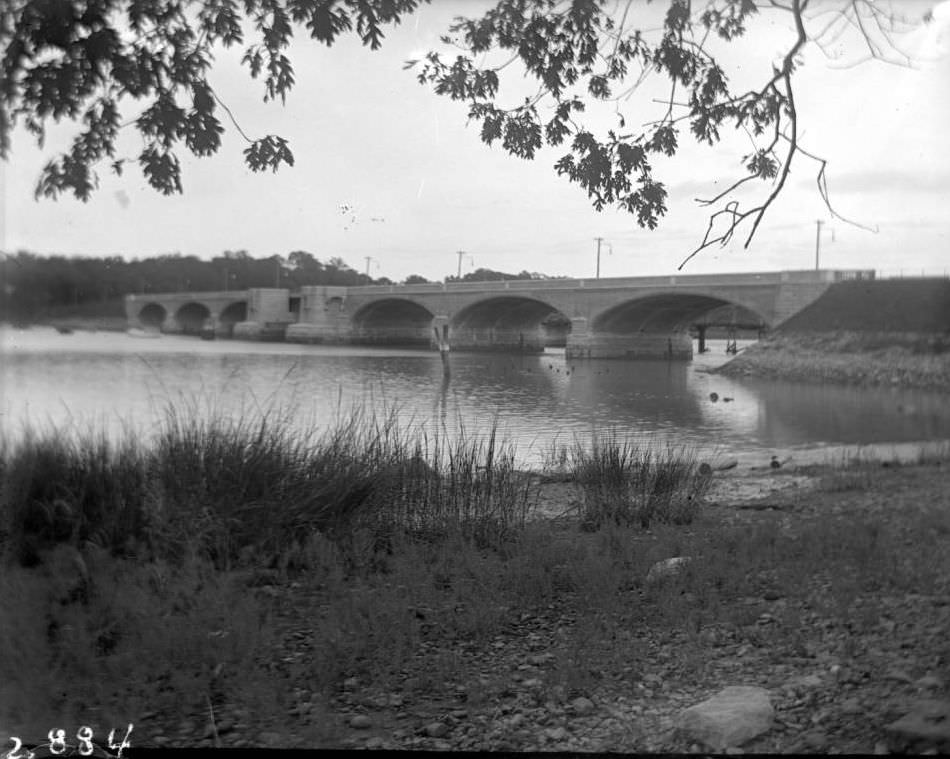
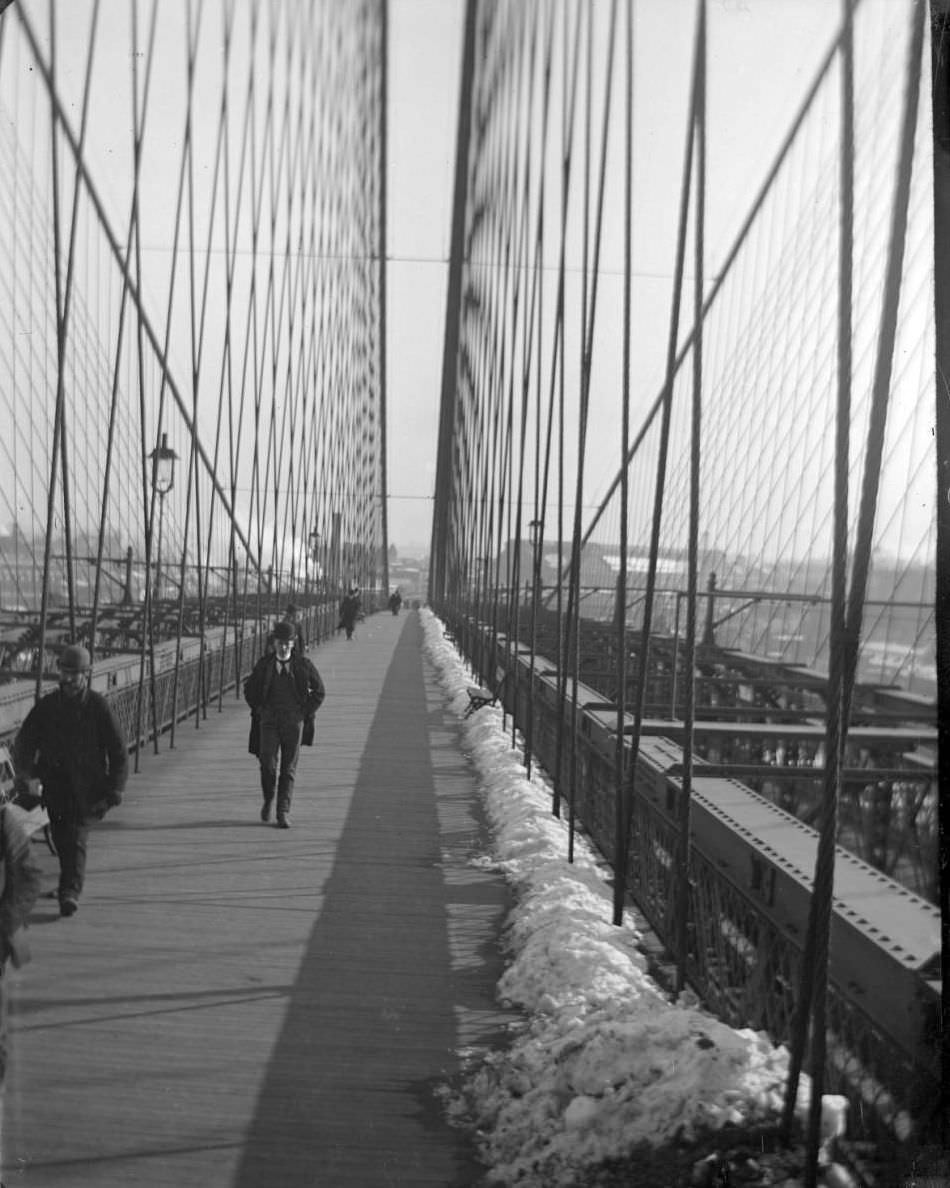
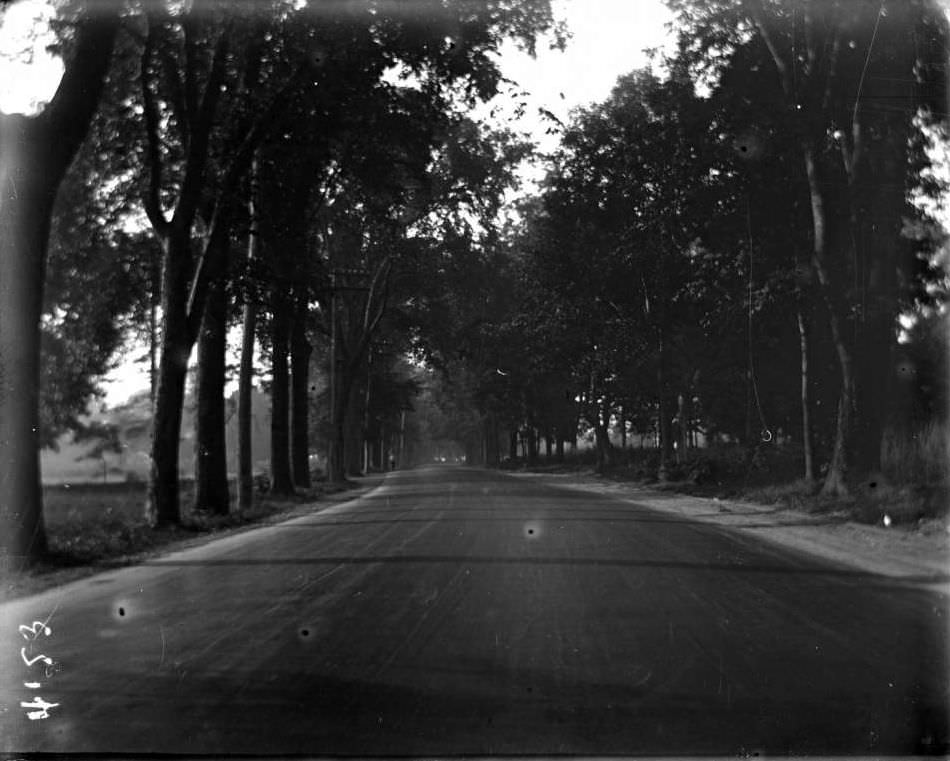
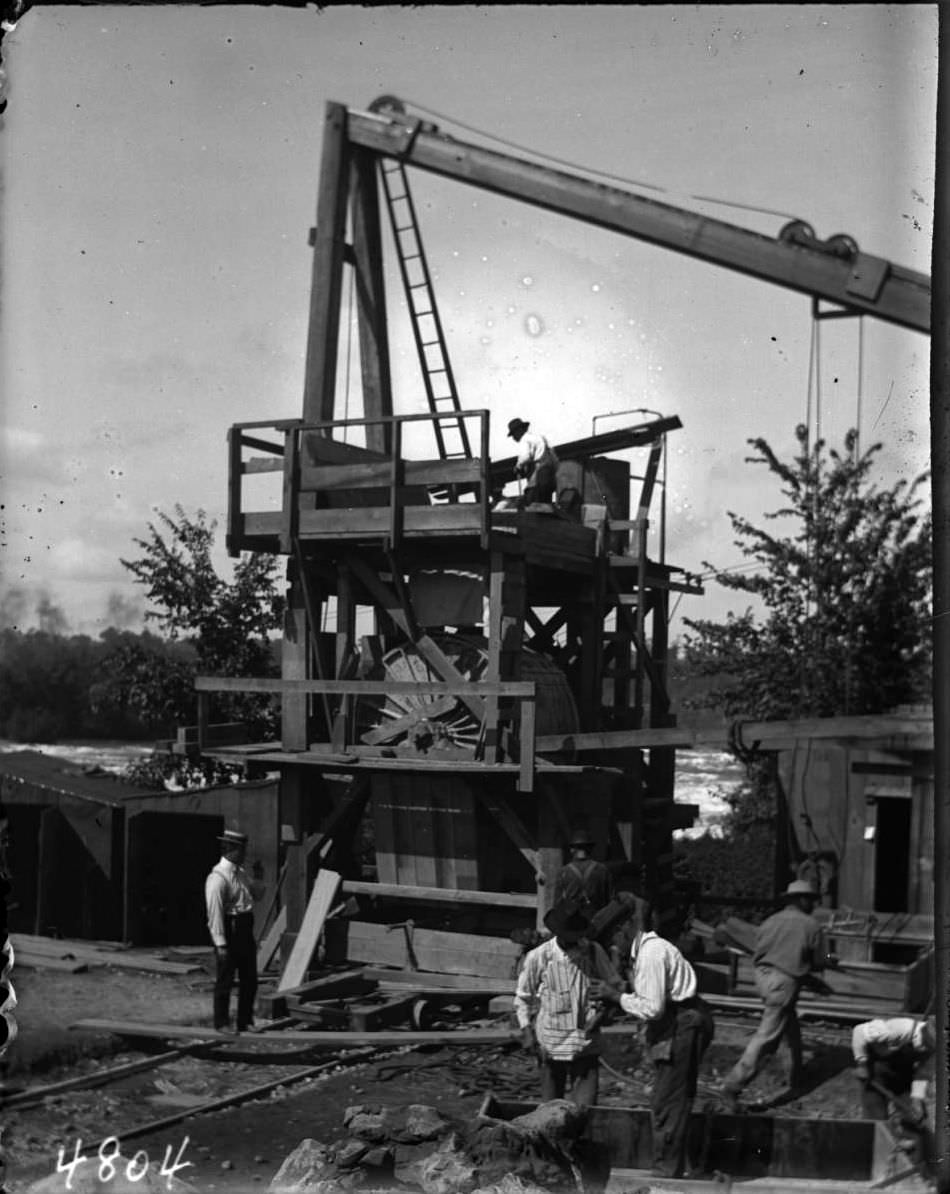
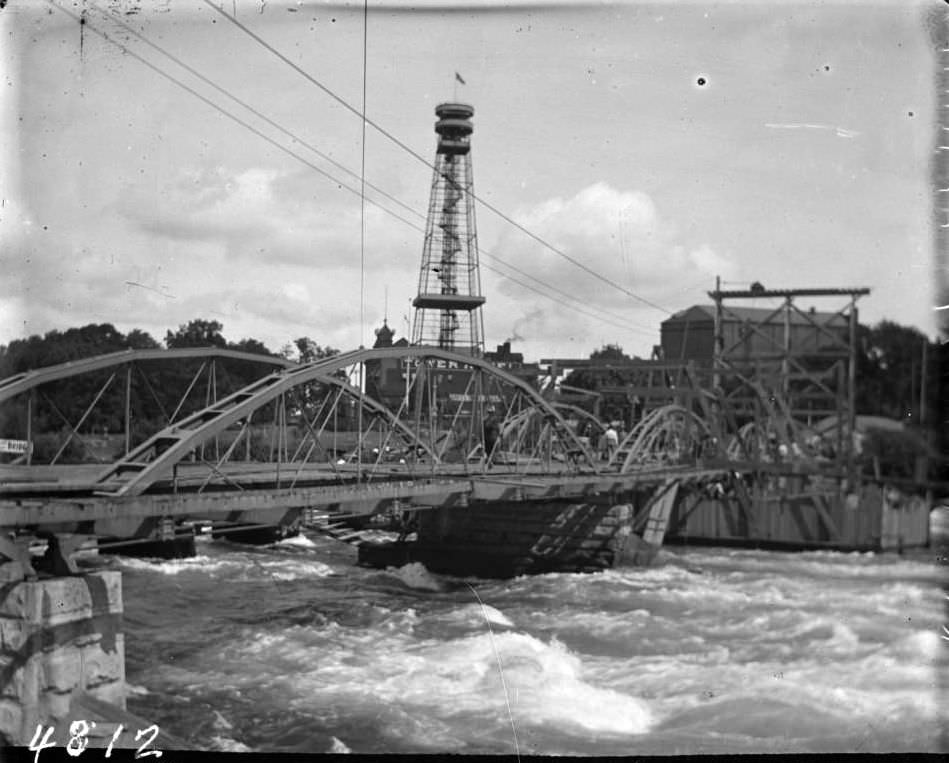
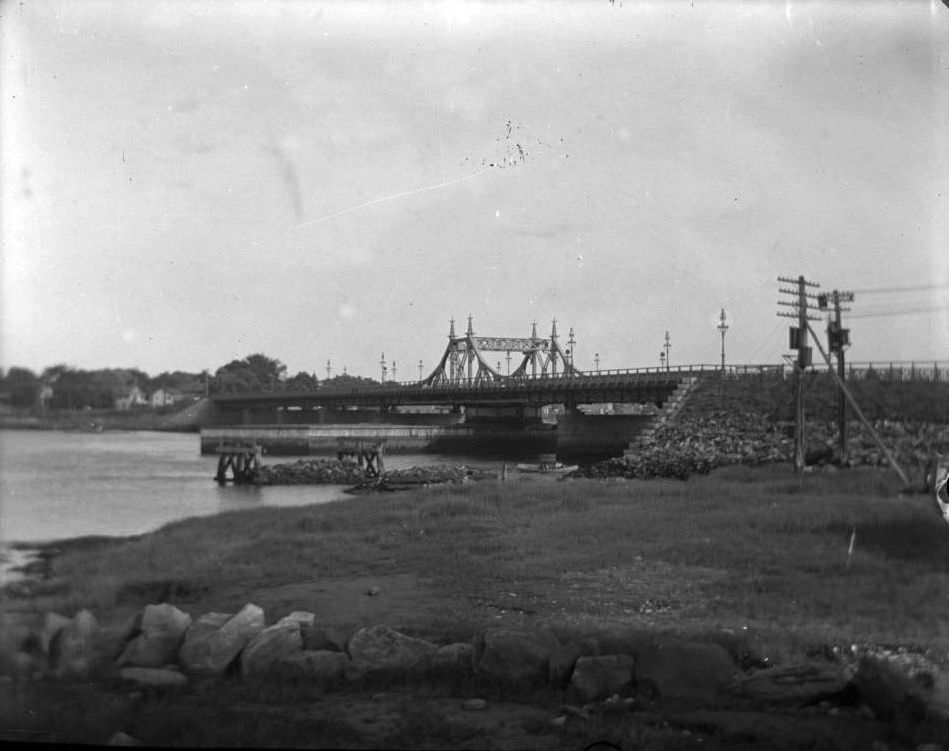
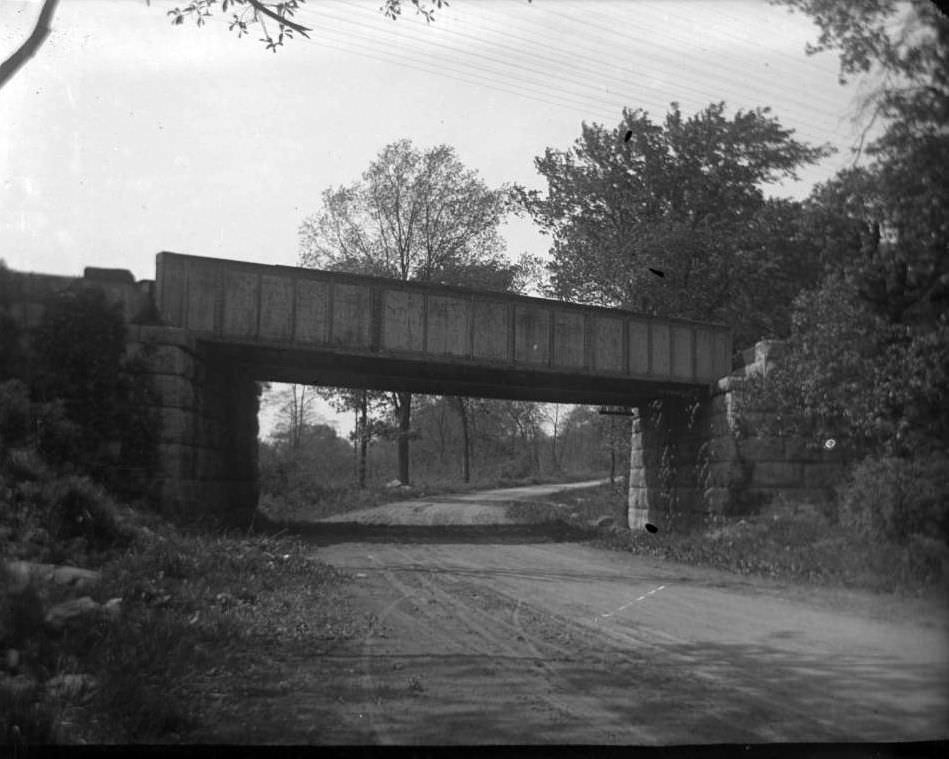
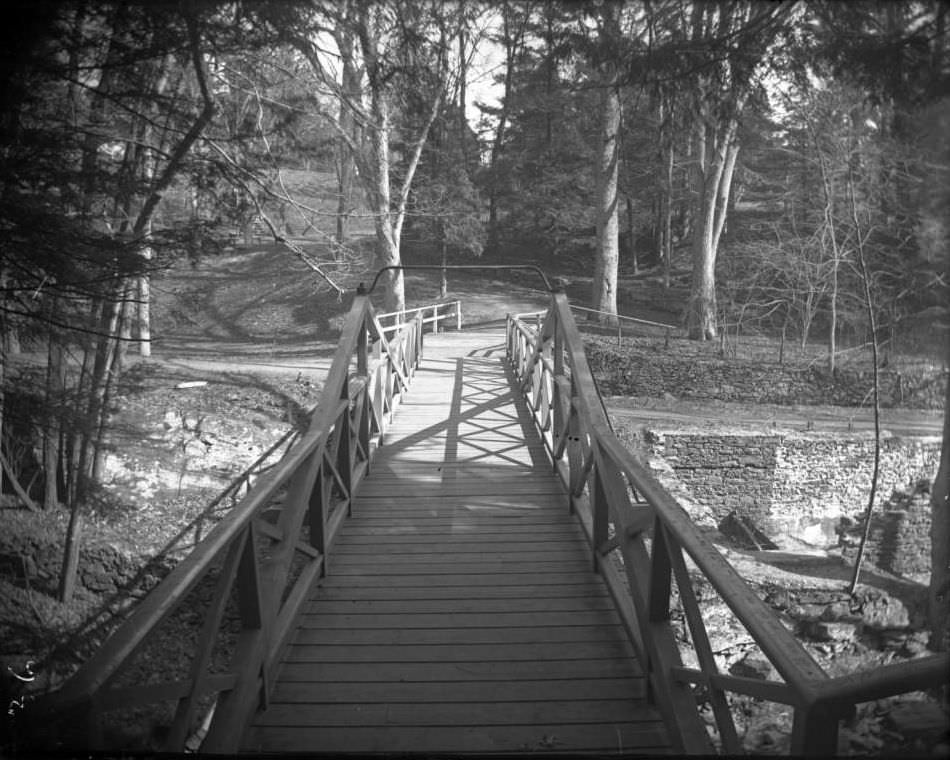
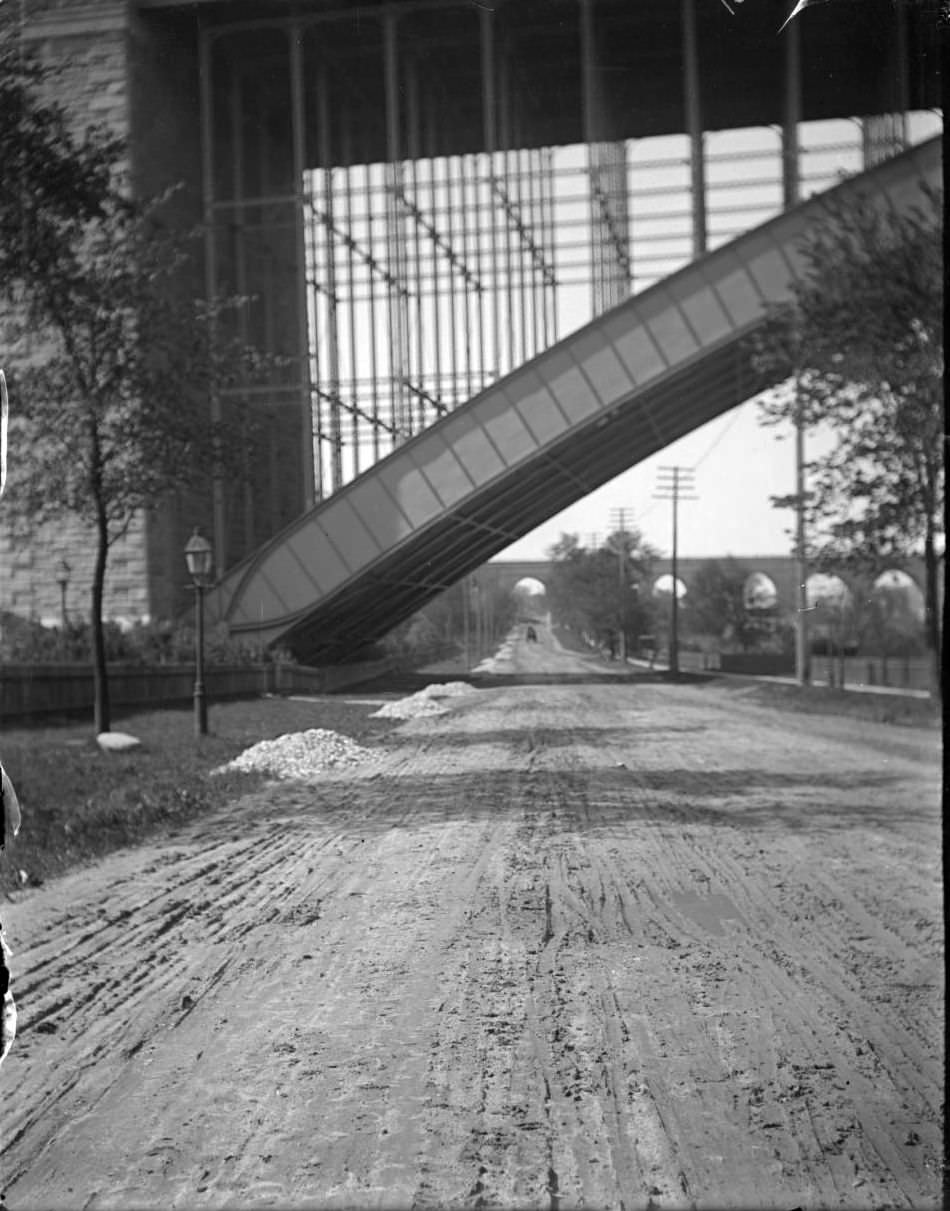
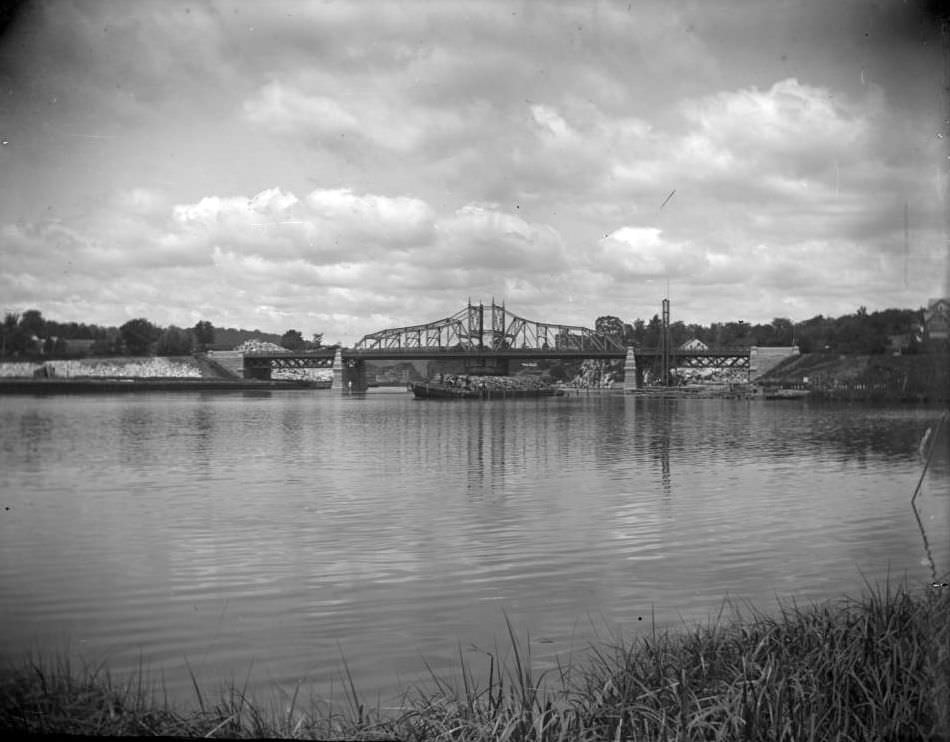
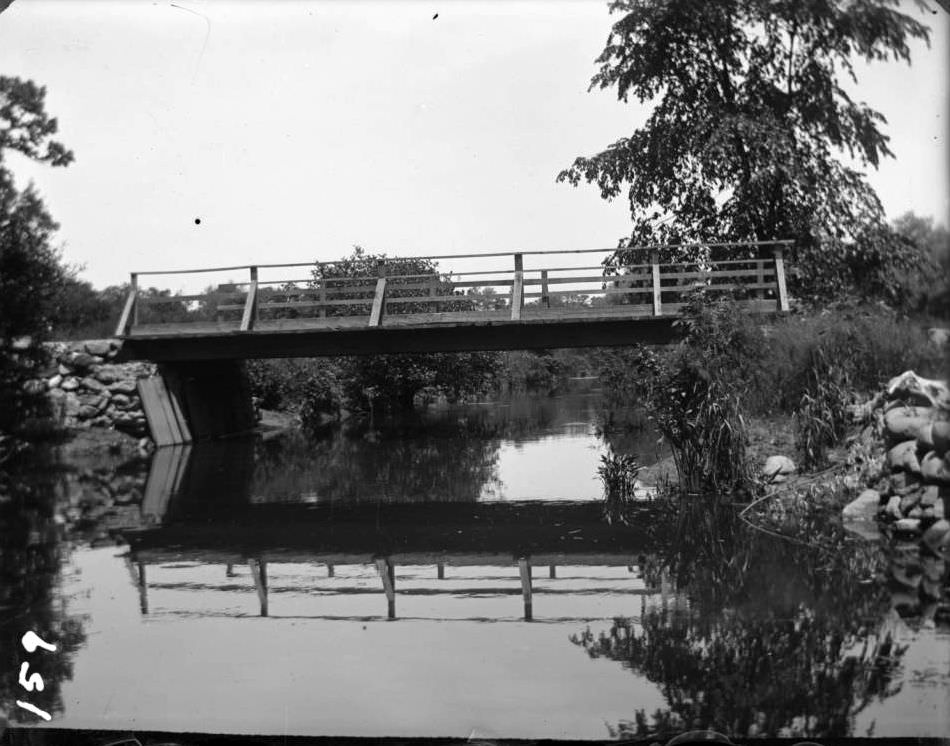
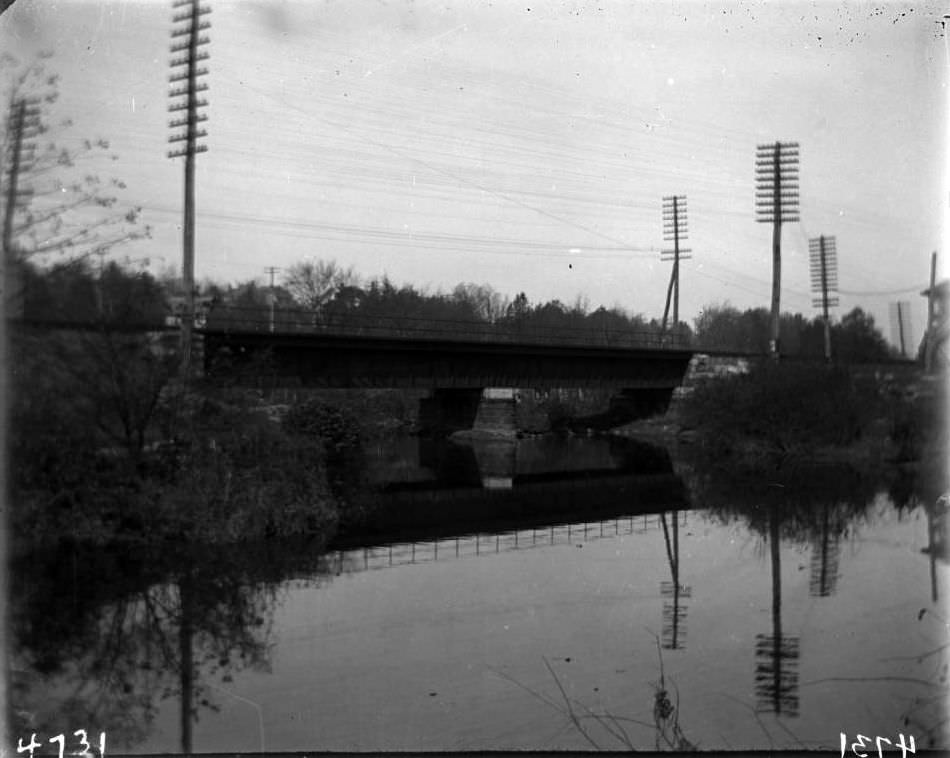

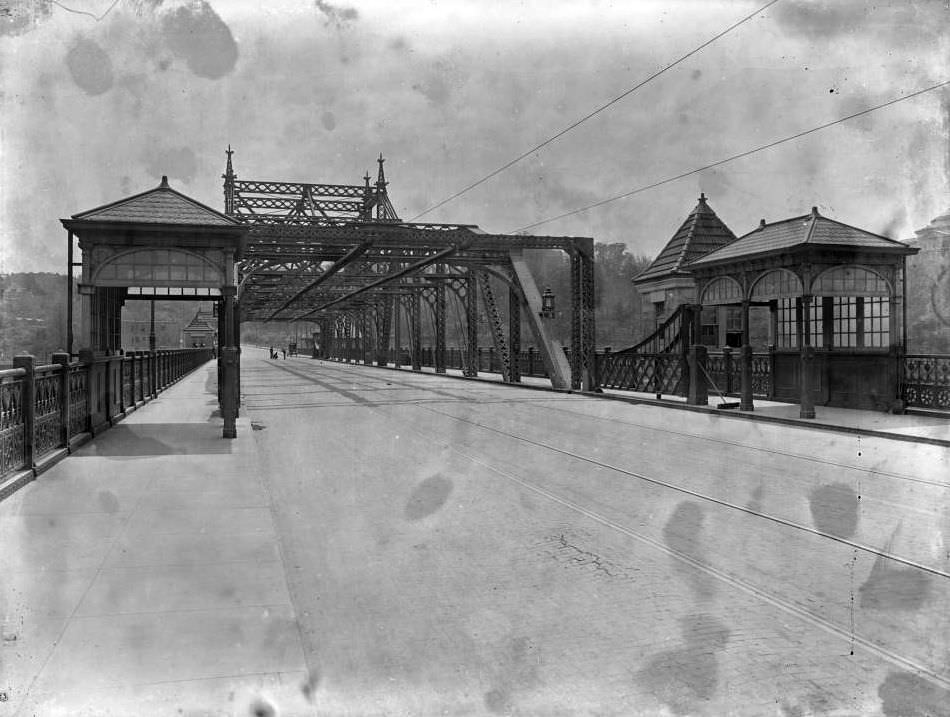
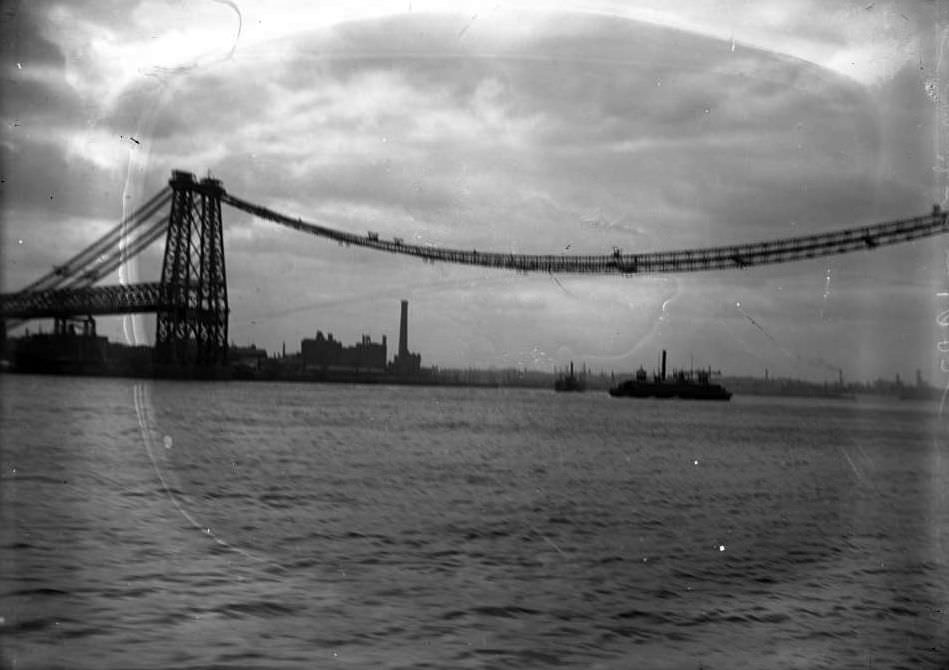
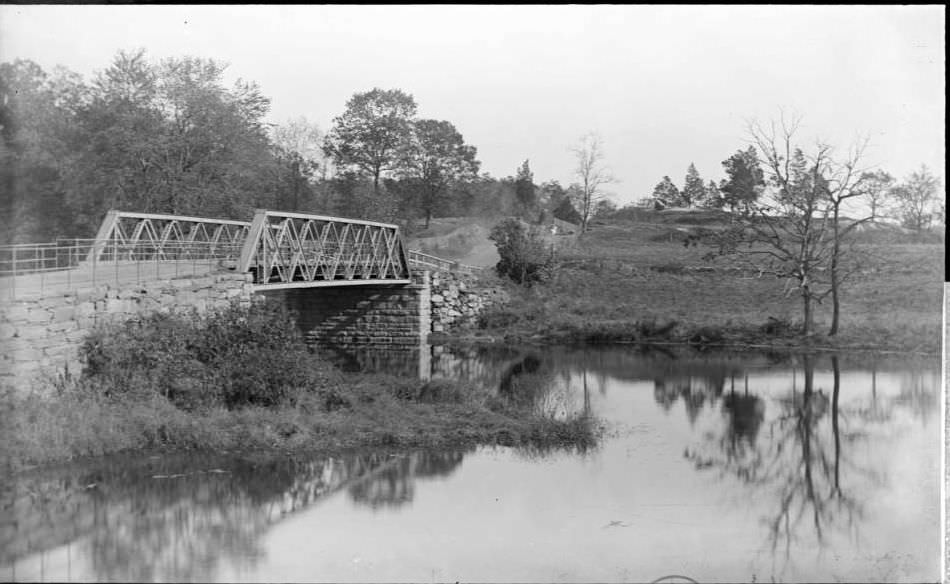

GIPHY App Key not set. Please check settings